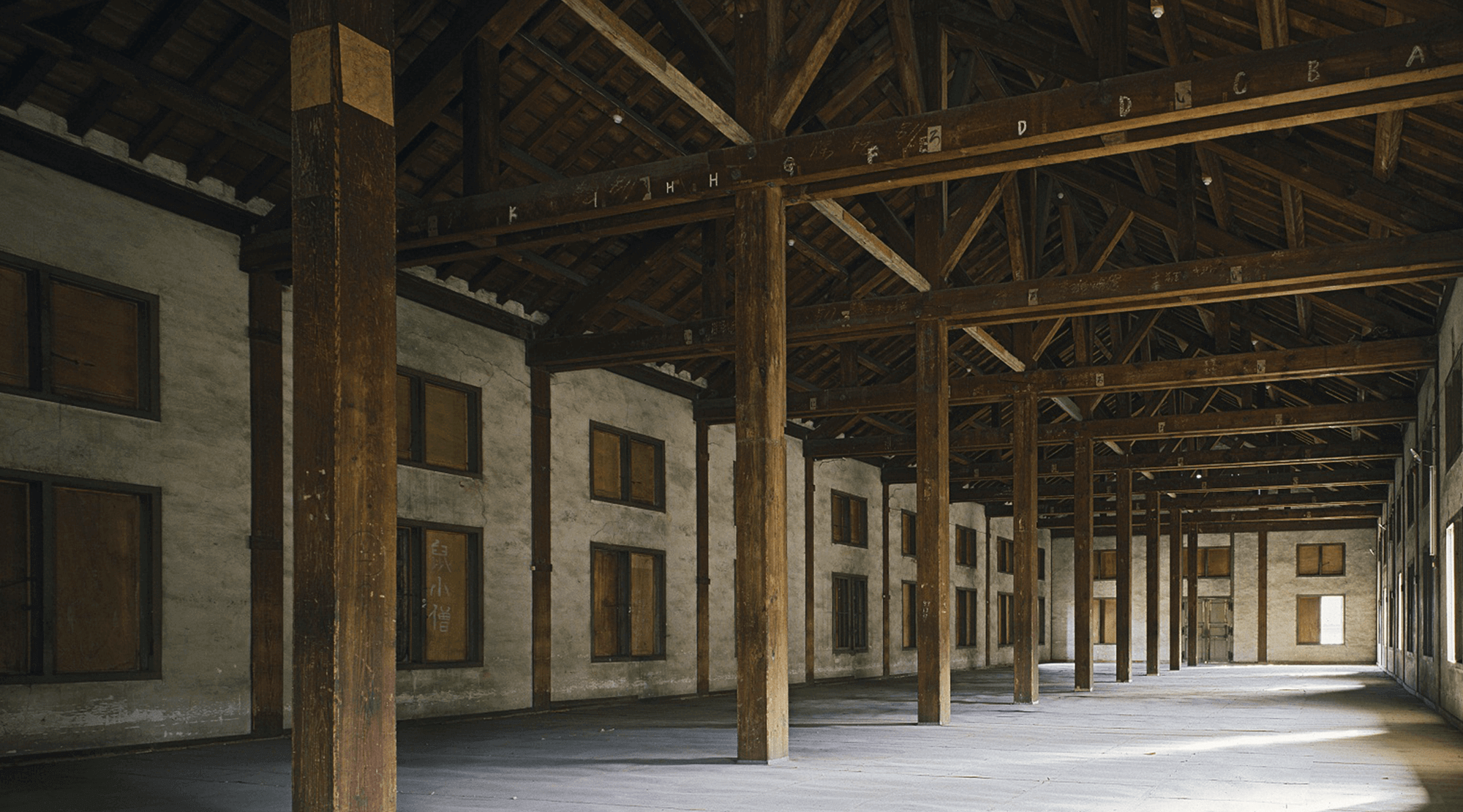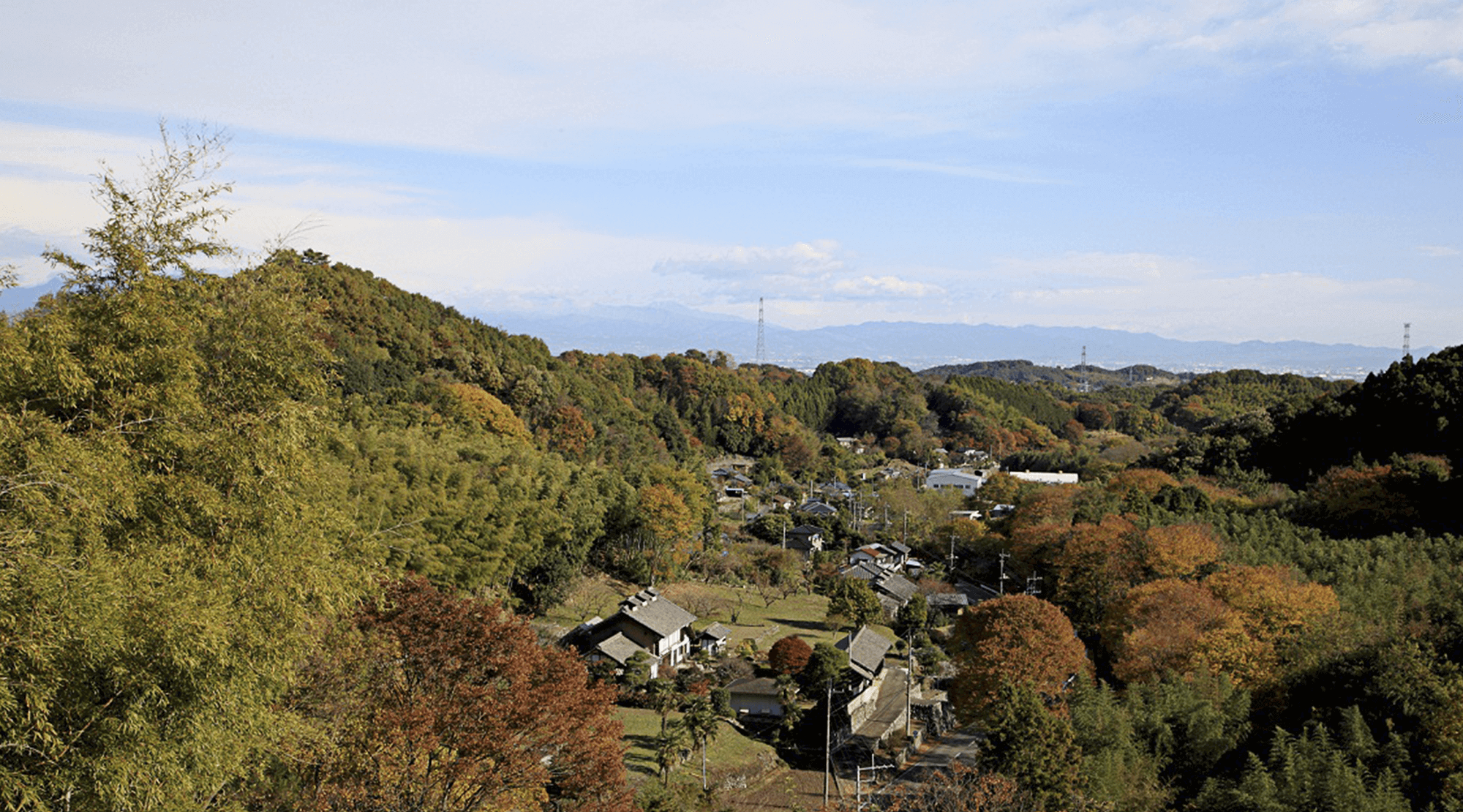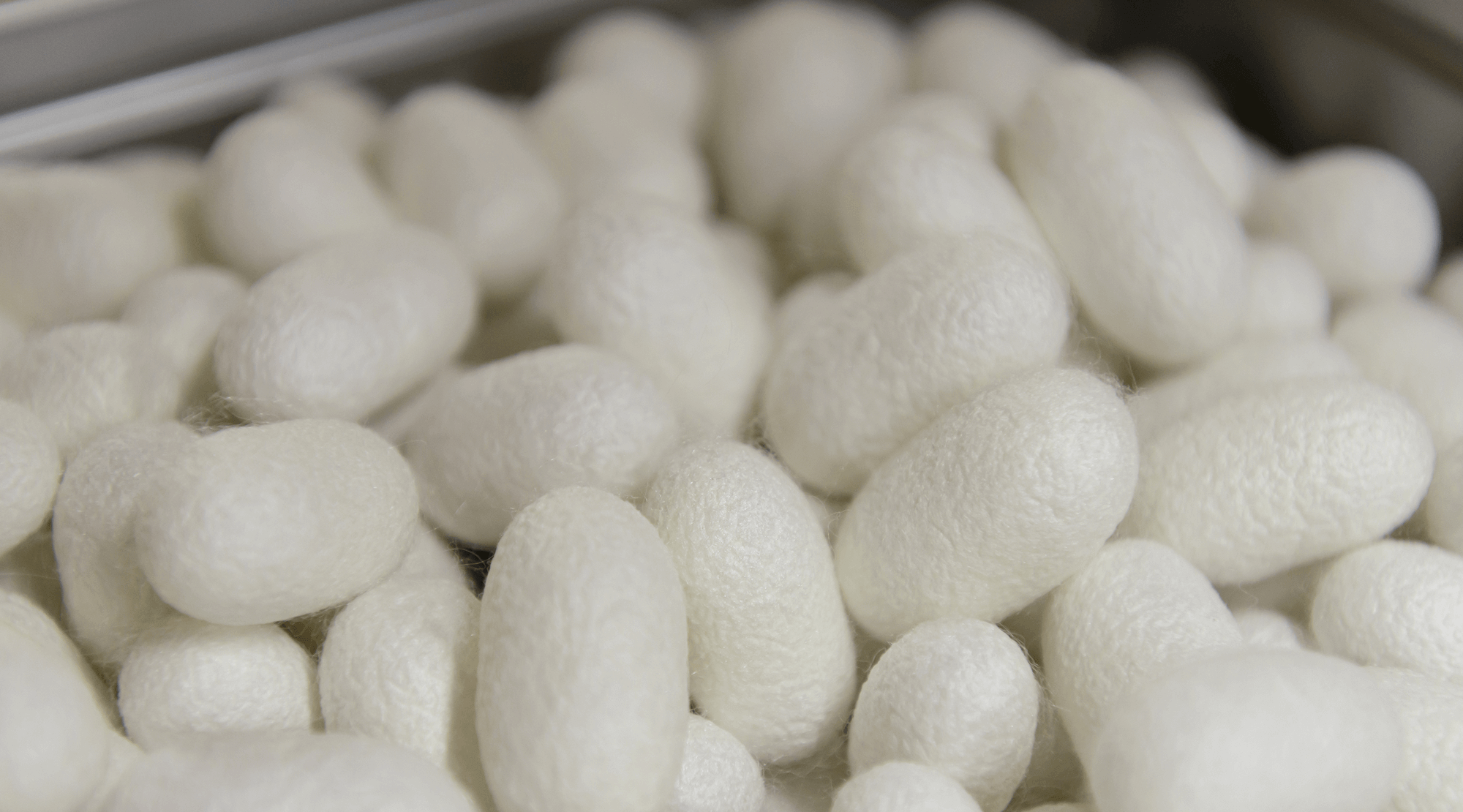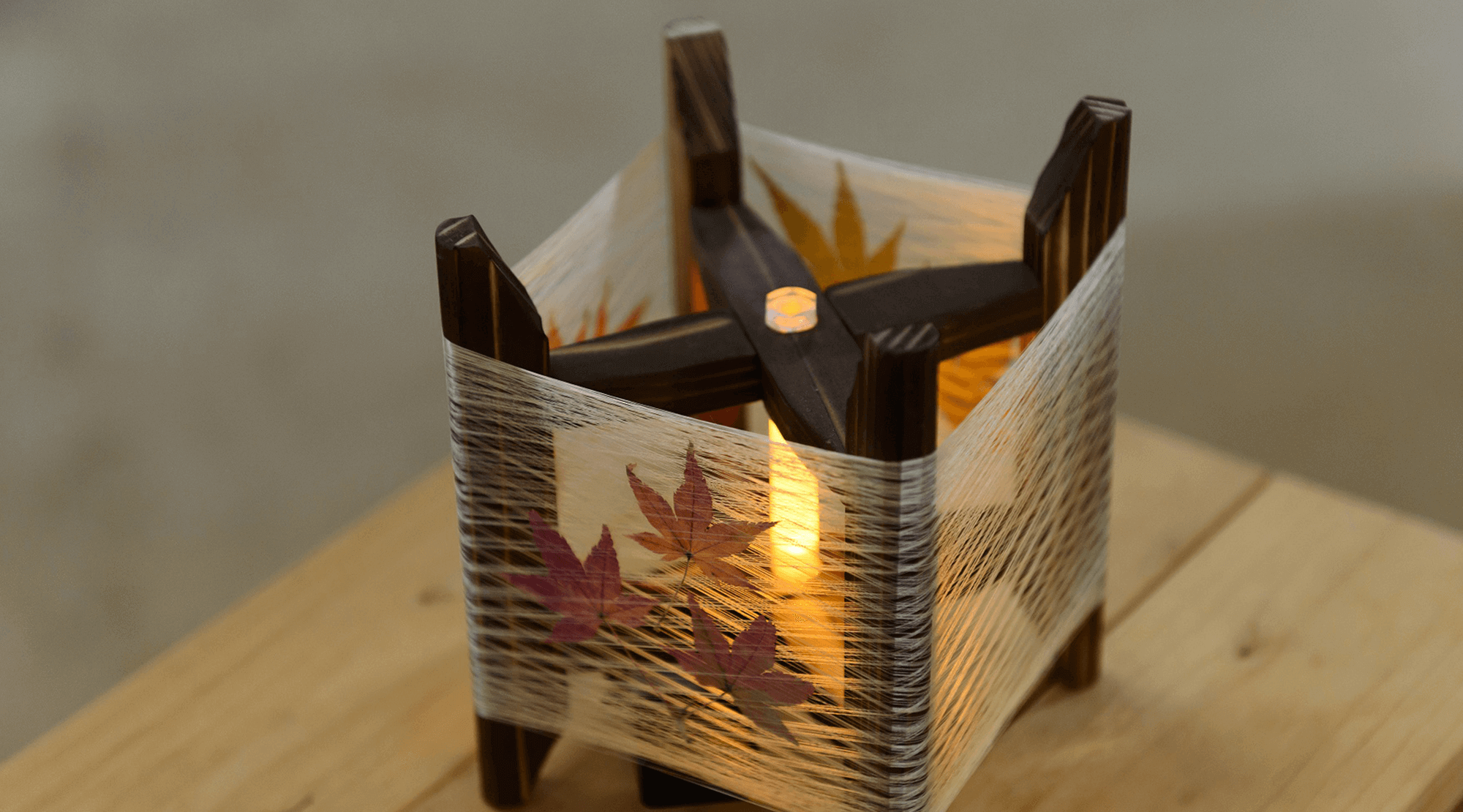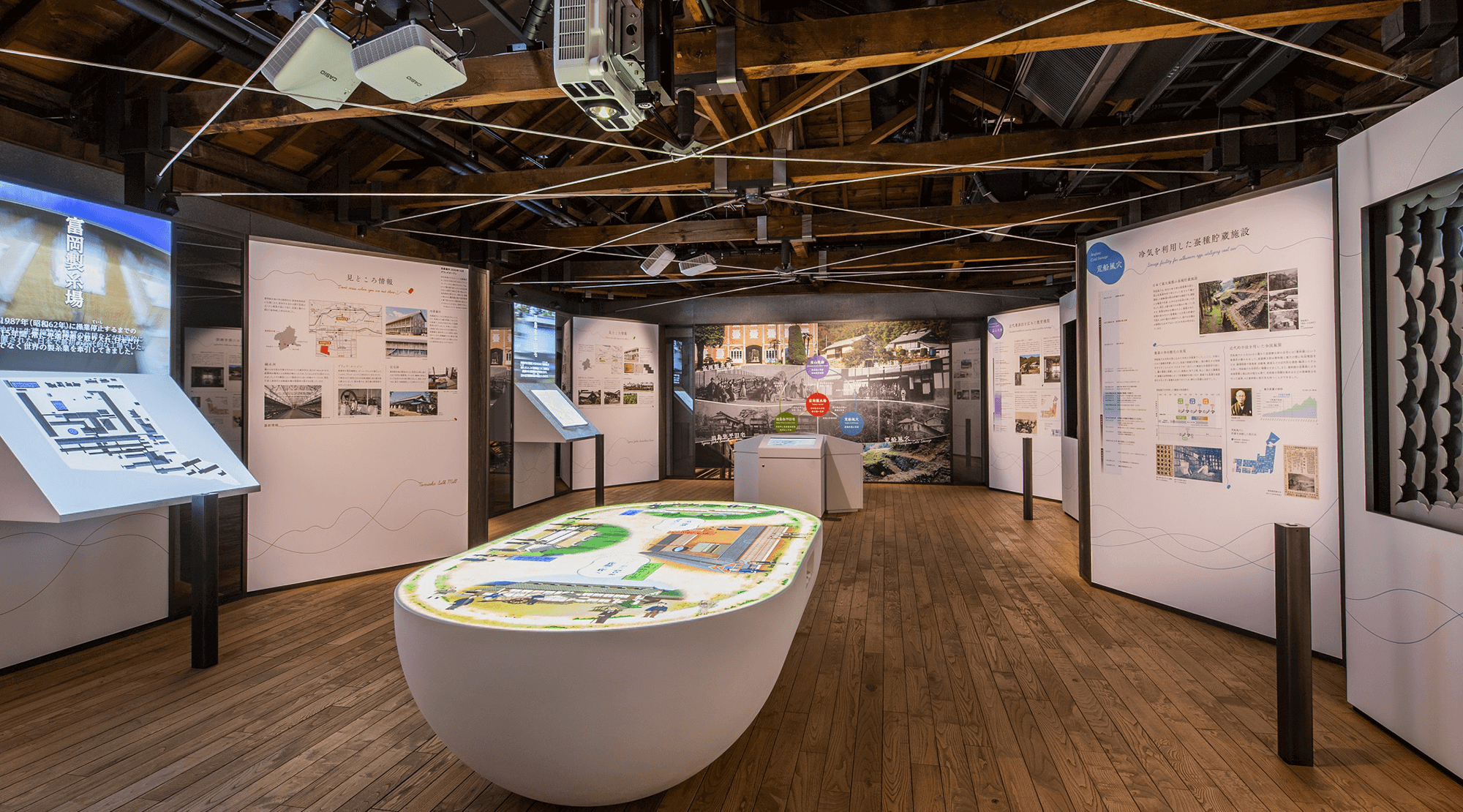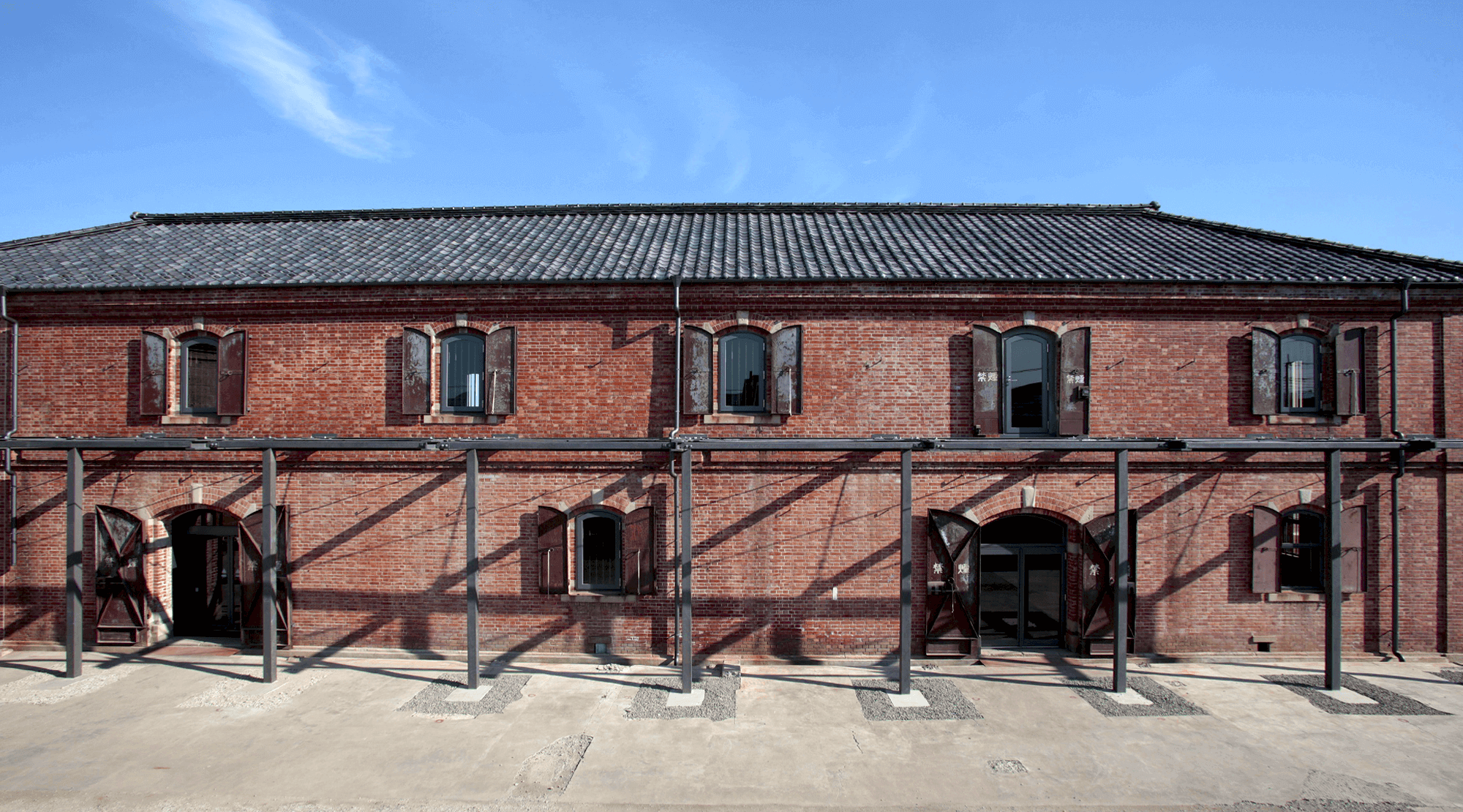Silk Powered Innovation Incubator
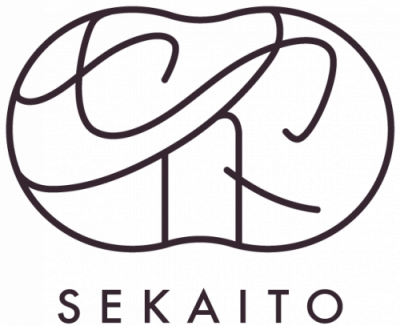
Tomioka Silk Mill and Related Silk Industry Sites
Gunma Prefecture,
World Heritage Site Sekaito Visitor Center
The Sekaito Visitor Center celebrates Gunma Prefecture’s association with silk production and the connection with the rest of the world created by silk over the centuries. The Center explains both Gunma’s long tradition of sericulture and the role it played in the modernization of Japanese silk production, as recognized by the 2014 UNESCO World Heritage listing of “Tomioka Silk Mill and Related Sites.”
World Heritage Tomioka Silk Mill and Related Sites
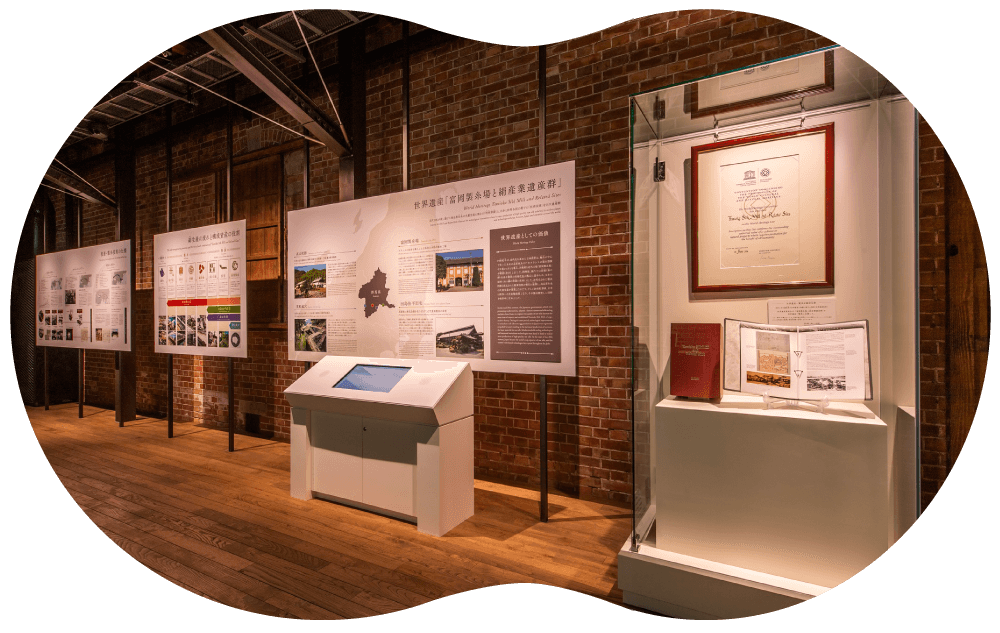
The information gallery on the ground floor introduces the four World Heritage sites included in the listing: Arafune Cold Storage, Tajima Yahei Sericulture Farm, Takayama-sha Sericulture School, and Tomioka Silk Mill.
Beginning in the late nineteenth century, each of the four sites played a significant role in the industrialization of silk production that made Japan the world’s largest producer of raw silk for more than half of the twentieth century. Each site represents a different aspect of the sericulture process from silkworm eggs to reeling of the raw silk.
Arafune Cold Storage provided cool storage of silkworm eggs so that sericulturists could control when their silkworms hatched and increase production volume. The Tajima Yahei Sericulture Farm and Takayama-sha Sericulture School each improved the process of raising silkworms successfully to the cocoon stage. Tomioka Silk Mill was the first completely mechanized industrial facility in Japan for the reeling of raw silk from cocoons.
The whole production cycle is presented in the ground-floor exhibits of the Visitor Center with more detail provided on the second floor.
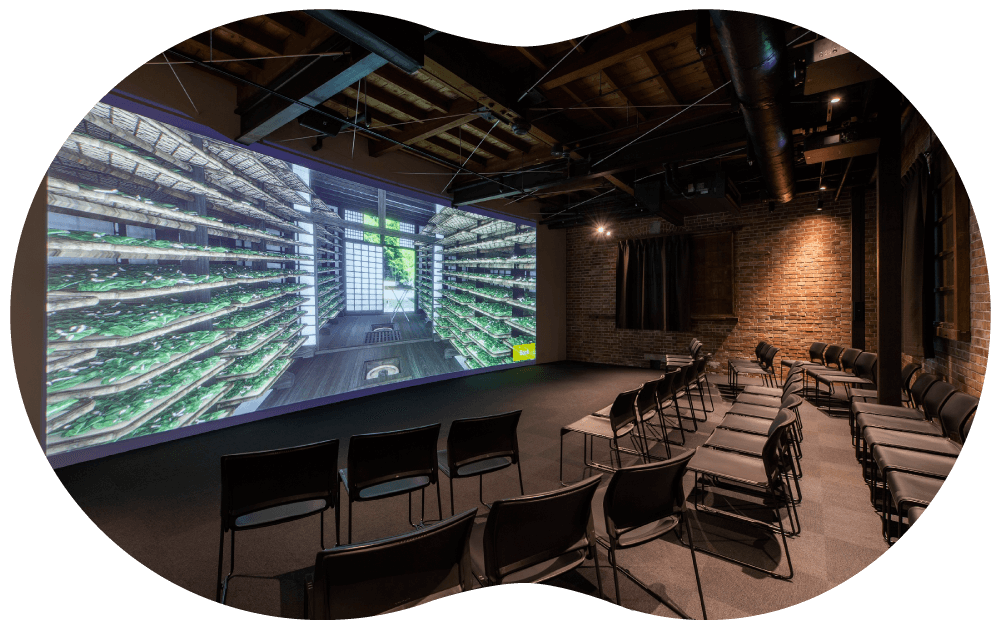
Each site is introduced with maps, vintage photographs, and commentary. A video playing in the large-screen theater on the ground floor shows the four World Heritage sites then and now.
Silk is a highly prized textile originally produced in China more than 5,000 years ago and which later spread to other countries. The displays explain how sericulture began and spread around the world. As silk production spread, improvements were made to sericulture and these new production methods often in turn found their way back to China.
The displays feature cocoon-motif designs and icons showing the “threads” of silk moving in different directions around the world at different times in history as well as the key role the Gunma area and these World Heritage sites played in promoting modern silk production. Sekaito, the Japanese name for the visitor center, is a combination of the Japanese words sekai (world) and ito (thread).
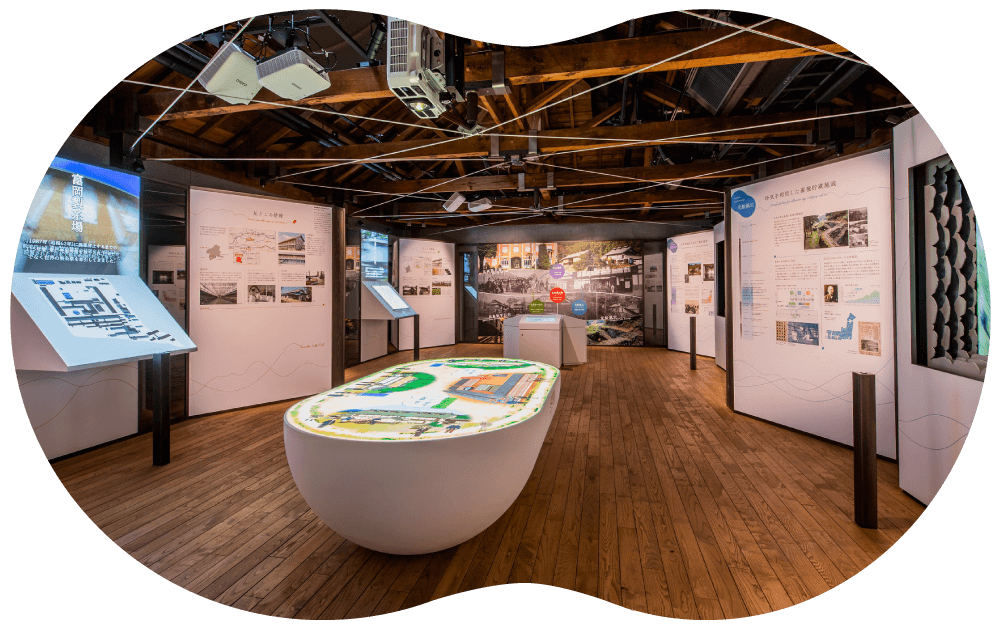
The people and places involved in silk production a century ago are detailed in the animated, interactive tabletop of a large cocoon-shaped table in the center of the second floor.
The second floor has more detailed displays about the four World Heritage sites as well as a historical survey of silk culture in Gunma Prefecture.
Interactive screens present information and animated reconstructions of each site when they were in operation as well as animations of the daily lives of the people who worked in them. The silk mill introduced modern factory work to Japan. The reconstructions show how this changed the lifestyles of the people who worked here.
The screens also showcase period illustrations and manuscripts of the silkworm farming techniques introduced by Tajima Yahei and Takayama Chogoro, two nineteenth century sericulturists who were at the forefront of developing new sericulture methods and improved silkworm strains.
Another informative display presents a reconstruction of the wooden structures constructed within the stone walls built on the mountainside for storing silkworm eggs at Arafune Cold Storage.
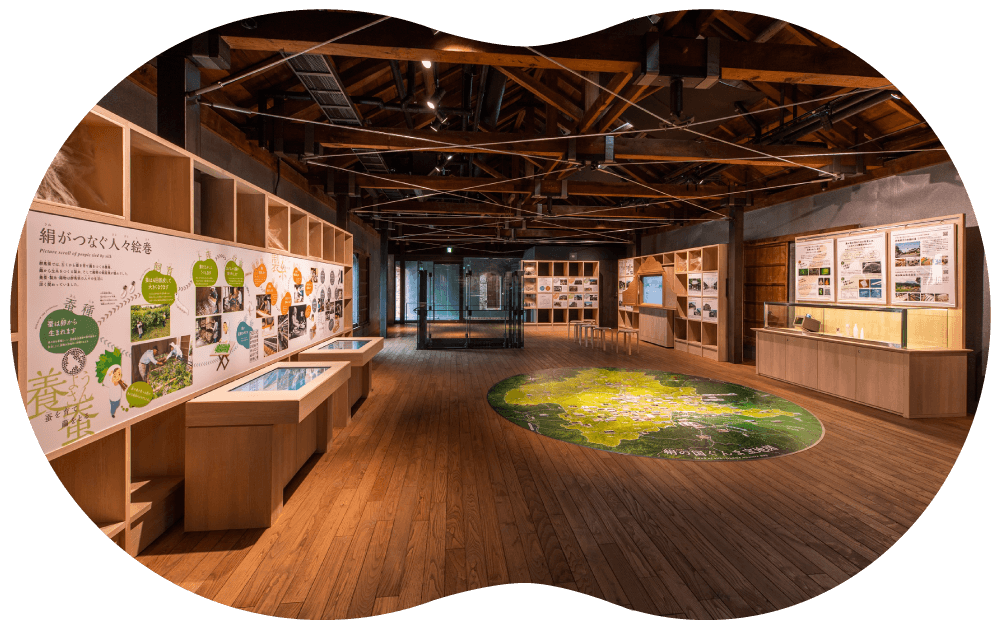
The displays present significant numbers such as the volume of mulberry leaves silkworms eat to reach maturity and how many cocoons it takes to make the thread used for different types of cloth. The sericulture, silk-reeling, and weaving “trivia corner” provides even more valuable nuggets of information.
One of the displays charts the life cycle of the silkworm, showing how long it takes for development from egg to cocoon. Replicas of cocoons and the racks of small cubicles in which the silkworms spin their cocoons enable visitors to envision this “final” stage of the silkworm life cycle.
Gunma Prefecture has a long and deep connection with silk. For centuries, sericulture was a vital source of income for farmers living in rocky or mountainous areas where growing rice was difficult. The “Silk Culture of Gunma” exhibit shows the entire silk production process in the prefecture, from egg to woven fabric. Vintage photographs and other illustrations bring the process to life. The colorfully illustrated map embedded in the floor shows the importance of the various different stages of production to each area within the prefecture.
Women have always played a key role in all processes of the silk industry. They nurtured the silkworms, reeled the thread from the cocoons, and operated the looms for weaving silk cloth. The animated film Kakaa Denka: The Silk Story of Gunma tells this story of silk as a cottage industry and the essential role played by women.

In addition to the four World Heritage-listed sites, Gunma has several Japan Heritage sites that trace the history of silk from cottage industry to industrial transformation. The sites include traditional thatched farmhouses, where silkworms were raised in the attic space under the thatch, preserved in a number of communities around the prefecture; museums with displays of the traditional hand-operated implements used in sericulture and silk production; and warehouses used by exporters of raw silk. The locations of these sites are shown on the floor map.

